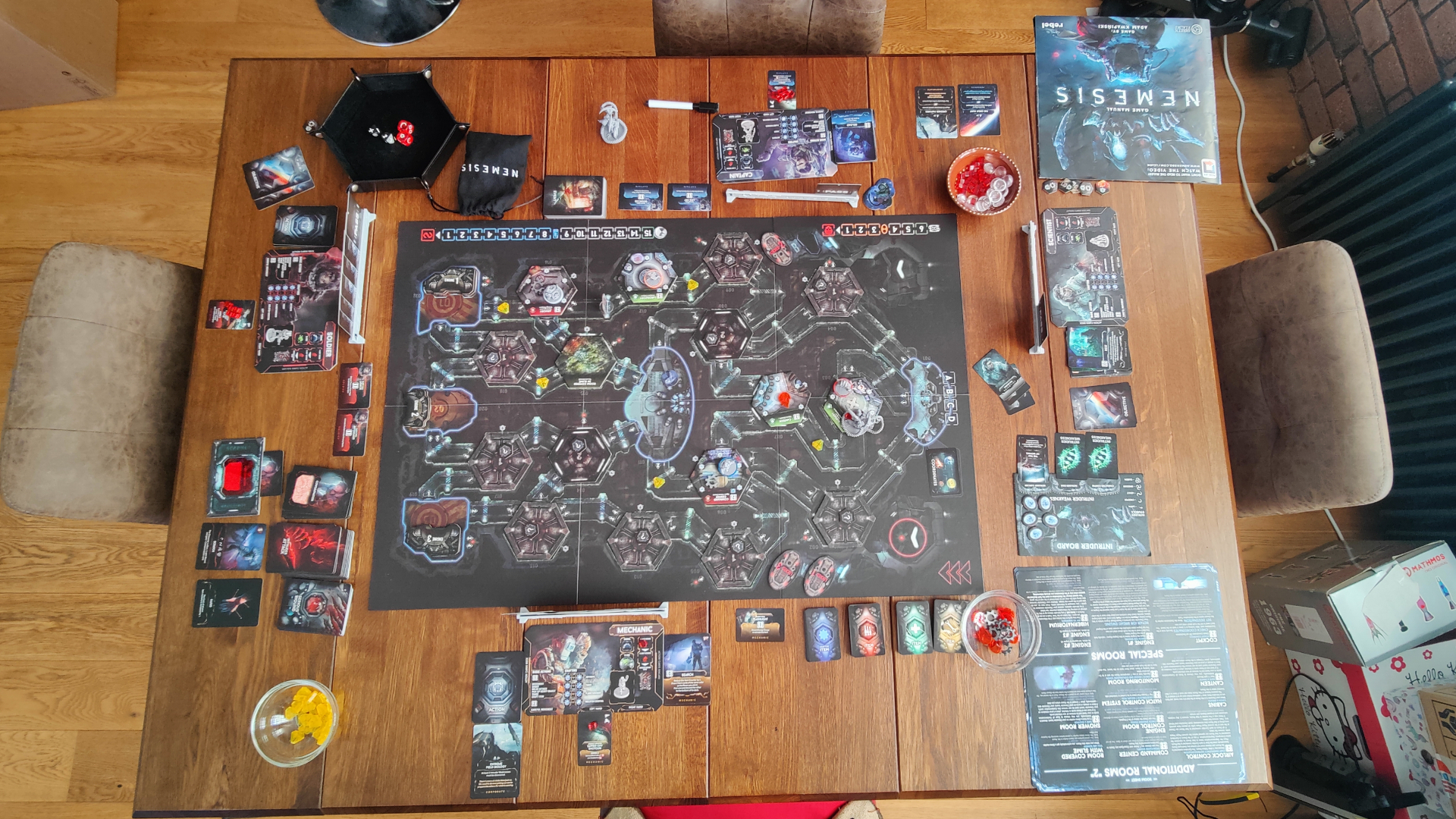Third Space Tourist, Expedition 12 Crew Dock at Space Station
This story was updated at 5:07 a.m. EDT.
A fresh astronaut crew and U.S.space tourist Gregory Olsen arrived at the International Space Station (ISS)early Monday after their Russian Soyuz spacecraft docked flawlessly at theorbital laboratory.
Olsen and the ISS Expedition 12crew, commanded by NASA astronaut Bill McArthur with cosmonaut Valery Tokarev serving as flight engineer, docked at thespace station at 1:27 a.m. EDT (0527 GMT). Both spacecraft were flying 220miles above Central Asia as the Soyuz TMA-7 spacecraft eased into its berth atthe Russian-built Pirsdocking compartment outside the station's Zvezda service.

"Happy to hear you Sergei," said Tokarev, who commanded the two-day Soyuz flight tothe ISS, to Expedition11 commander Sergei Krikalev as the two spacecraftclosed within ship-to-ship communications range.
The Expedition12 crew is relieving Krikalevand Expedition 11 flight engineer John Phillips, who have been living aboardthe space station since mid-April.
McArthur, Tokarev and Olsen launchedtoward the ISS on Sept. 30 at 11:55 p.m. EDT (0355 Oct. 1 GMT) in a space shotstaged from Baikonur Cosmodrome in Kazakhstan. TheirISS docking caps a two-day spaceflight to catch up to the orbital laboratory.
The hatches between the twospacecraft were opened at 4:36 a.m. EDT (0836 GMT), NASA officials said.
Breaking space news, the latest updates on rocket launches, skywatching events and more!
"It was agreat ride up here," McArthur said inside the station's Zvezdacontrol module. "We're really happy to see Sergei andJohn."
While the Expedition 12 crew has asix-month ISS mission ahead of them, Olsen is preparing for an eight-day stayaboard the orbital research platform.
Olsen, 60, is the third fare-payingvisitor to the ISS, following the successful flights of South African Mark Shuttleworth in 2002 and U.S.entrepreneur Dennis Tito in2001, respectively. Olsen's $20 million flight, like those of Shuttleworth and Tito, werebrokered with Russia's Federal Space Agency by the space tourism firm SpaceAdventures.
"Dad, welove you so much and we're so proud of you," said one of Olsen's two daughters,who attended his launch. "You look great up there."
The founder of the firms Epitaxx, Inc. and SensorsUnlimited, Inc., Olsen hopes to conduct a trio of medical experiments for theEuropean Space Agency (ESA), observe the Earth and make several radio and videobroadcasts to students and others rooted firmly back on Earth.
"I've always slightly objected tothe word 'tourist,'" Olsen said during a prelaunchpress conference. "I think the word 'tourist' doesn't do justice to all thework I've put in."
Olsen will return to Earth on Oct.10 with the Expedition 11 crew aboard their Soyuz TMA-6 spacecraft. Krikalev and Phillips arewrapping up their own six-month mission and have spent much of the weekendpacking up their Soyuz vehicle while preparing for the arrival of Expedition 12and Olsen.
But while Krikalev's return to Earth will set a new all timerecord for the amount of time an astronaut or cosmonaut has spent in space - hesurpassed the lifetime record of 747 days on Aug. 16 - it is McArthur'seventually descent that garnered much attention after today's docking. The NASAastronaut initiallyhoped to return to Earth aboard a U.S. space shuttle, though delays due toexternal tank work and recent hurricanes have led ISS controllers to plan for aSoyuzdescent with Tokarevaboard the TMA-7 vehicle if needed on April 1, 2006.
"If he needs to come home on Soyuz,he can come home on Soyuz and if we can bring him home on shuttle, and it'sadvantageous...we'll do that," said Bill Gerstenmaier,NASA's associate administrator for space operations, at a post-docking pressconference. "Either way, we will have a ride home for McArthur."
McArthur's launch aboard Soyuz TMA-7marked the final Soyuz flight for a NASA astronaut at no charge under abilateral agreement with Russia. The U.S. space agency is currently preventedfrom buying additional seats due to the Iran Nonproliferation Act of 2000,which bars the purchase of human spaceflight hardware while Russia continues toaid Iran's nuclear and advanced weapons technology pursuits.
NASA is hoping to have the actamended, with the U.S. Senate approving a billlast week that would allow the purchase future Soyuz flights for the agency'sastronauts.
"We are working through therestrictions with Congress as fast as we can," Gerstenmaier said.
Meanwhile, the day is not over forOlsen and the joint ISS crews. Olsen, McArthur and Tokarevwill begin drying the Sokol spacesuits which theywore during their two-day Soyuz spaceflight.
Krikalev and Phillips will also brief theExpedition 12 crew and Olsen on emergency procedures during a standard safetysession for all incoming astronauts. The Expedition 11 crew will also begin stationhandover operations and go over vital areas of the ISS with their Expedition 12counterparts.
All five space flyers will end theirday at about 3:30 p.m. EDT (1930 GMT), NASA officials said.
"It's greatto see you all on orbit," Gerstenmaiersaid. "Have a good week and soft landings to the crew coming back."
- Complete Coverage: ISS Expedition 12
- Complete Coverage: ISS Expedition 11

Tariq is the award-winning Editor-in-Chief of Space.com and joined the team in 2001. He covers human spaceflight, as well as skywatching and entertainment. He became Space.com's Editor-in-Chief in 2019. Before joining Space.com, Tariq was a staff reporter for The Los Angeles Times covering education and city beats in La Habra, Fullerton and Huntington Beach. He's a recipient of the 2022 Harry Kolcum Award for excellence in space reporting and the 2025 Space Pioneer Award from the National Space Society. He is an Eagle Scout and Space Camp alum with journalism degrees from the USC and NYU. You can find Tariq at Space.com and as the co-host to the This Week In Space podcast on the TWiT network. To see his latest project, you can follow Tariq on Twitter @tariqjmalik.
